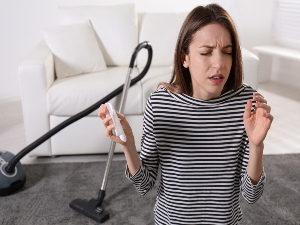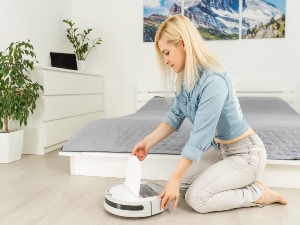Protecting your carpet throughout the year is essential to ensure it remains clean and pristine despite increased foot traffic, holiday decorations, pets, weather, and potential spills that happen as the year passes. Birthday parties, graduations, monsoon weather events, wet, dirty pets and various other events can have a damaging effect on your carpet. Here are various tips to safeguard your carpet and maintain its quality throughout the year.
- Strategic Rug Placement: Utilize rugs or runners in high-traffic areas to act as a protective layer for your carpet. Placing rugs in entryways, hallways, and areas prone to heavy use can prevent direct contact with shoes and potential stains.
- Shoe-Free Home Policy: Implement a shoe-free policy to minimize the amount of dirt, moisture, and debris tracked onto your carpet. Provide a designated area for shoes near the entrance to encourage guests to remove their footwear.
- Regular Vacuuming: Increase the frequency of vacuuming prior to and during gatherings and other events to remove dirt, crumbs, and other debris. Regular vacuuming helps prevent these particles from embedding deep into the carpet fibers.
- Immediate Stain Treatment: Accidents happen, especially during gatherings and events. Have a stain removal plan in place and address spills immediately. Blot stains with a clean cloth or paper towel without rubbing, as rubbing can push the stain further into the carpet.
- Protective Furniture Pads: Place felt or plastic pads under furniture legs to prevent them from damaging or crushing the carpet fibers. This will also make it easier to move furniture when rearranging rooms for seating and/or decorating.
- Cautious Decoration Installation: Be careful when installing event or holiday decorations to avoid causing damage to the carpet. Utilize non-damaging methods like hooks or clips that won’t tear or pull at the carpet fibers.
- Limit Food and Drink in Carpeted Areas: To prevent accidental spills, establish designated eating areas away from carpeted spaces. Use trays or tablecloths to contain crumbs and spills, minimizing the risk of them reaching the carpet.
- Regular Professional Cleaning: Consider scheduling a professional carpet cleaning before and after any planned gathering. This deep cleaning can remove embedded dirt, stains, and refresh the carpet’s appearance.
- Pet Precautions: If you have pets, be mindful of their presence and the potential for accidents. Keep pet-specific stain removers readily available to tackle any accidents promptly. Refer to immediate stain treatment if they track in any mud or debris.
- Preventative Measures: Consider applying carpet protectants or sealants, which can create a barrier against stains and make cleaning up spills easier.
- Inform Guests: Make your guests aware of your carpet care guidelines, especially if you have specific instructions regarding shoes, food and drink areas, or any other precautions they should take.
By implementing these measures, you can significantly reduce the wear and tear on your carpet during the events of the year. Proper care and maintenance will help preserve your carpet’s quality and appearance, ensuring it remains a beautiful and inviting part of your home, even during the busiest times that life brings.
By Sharon Koehler. This article is one of a series of articles written and published on behalf of Surface Care PRO Partners.










